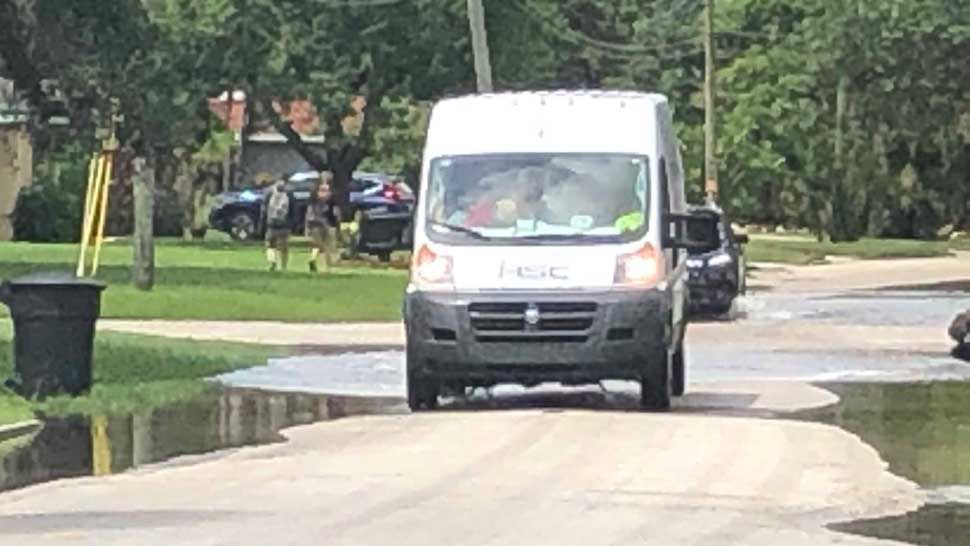ST. PETERSBURG, Fla. — This summer's hot, muggy, soaking wet conditions are putting St. Petersburg's partially renovated sewer systems to the test. So far, according to public works officials, the systems are performing well.
RELATED STORIES:
- Rick Kriseman lays out plans for St. Petersburg's future
- St. Pete city council set to vote on costly drainage fix
- More Pinellas County stories
Three years and $250 million into a five-year, $300 million plan to refurbish the city’s decaying sewer system and Public Works officials say they are happy with how the system is working.
“We've actually had just about an inch more water this summer than we did in 2015,” said Public Works Administrator Claude Tankersley. “And if you recall, that was the summer that we had so much water there was flooding in many of the counties in this area.”
That year and into 2016, storms and torrential rains forced Mayor Rick Kriseman to dump hundreds of thousands of gallons of treated sewage water into Tampa Bay.
"In the last three years, improving the capacity at our plants,” Tankersley said, “improving our capacity to dispose of water correctly and making sure our pipes and manholes are not so leaky that they put a lot of water into our system.”
For residents like Jackie Maphis, who lives in the flood-prone Shore Acres neighborhood, the improvements are clear, though not completely solving the problem.
“When I first moved here, we would (get flooded) quite often,” Maphis said. “Maybe once or twice a month. I actually called in flooded from work, because the water would be up in the yard, and I couldn't get my car out, and that hasn't happened at all this year.”
With the most active part of our hurricane season approaching, city officials feel confident the sewer system will keep city heads, and everything else, above water.
“So we now have the capacity to handle the flows we saw in Hermine,” Tankersley said, “But we've also reduced the amount of flows coming into our system, so I really don't think we're going to see those kinds of flows coming into our system, even if we were to get a tropical storm or hurricane.”



